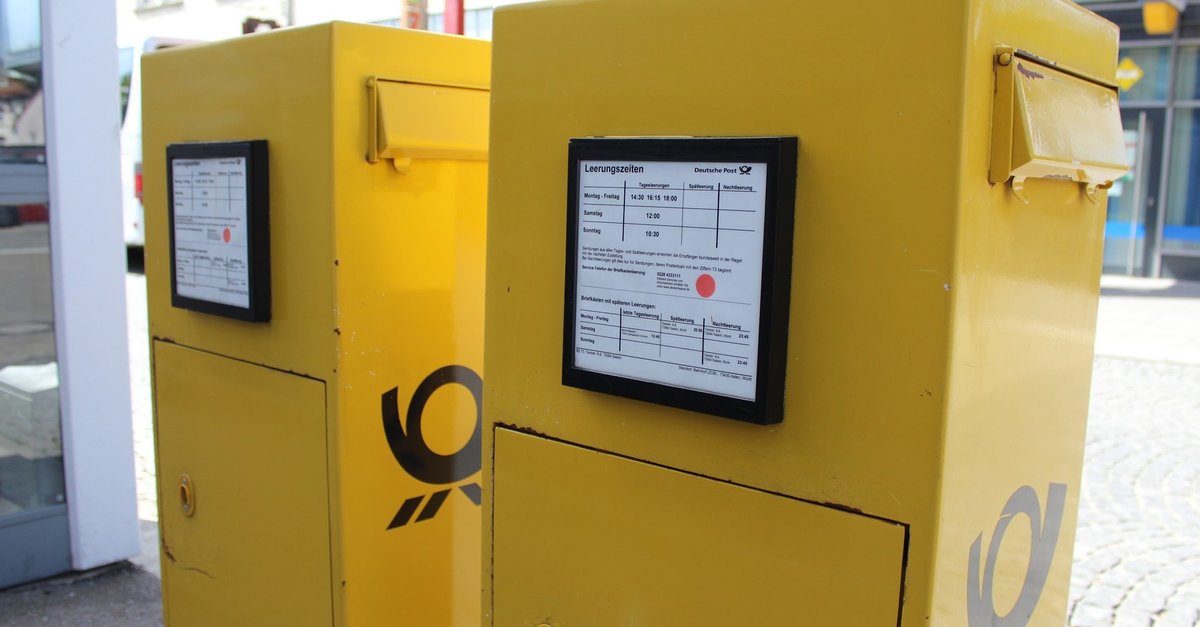This stamp can do a lot
Image source: Pixabay
Who can, can: Deutsche Post has presented a new stamp that can be digitally combined with the Post & DHL app. However, it is questionable what benefit this will bring.

Thanks to the Deutsche Post app: stamps are going digital
The new postage stamp from Deutsche Post with matrix code, which will initially be introduced for some special items from February 4, offers an advantage over its predecessor: basic tracking and tracing. All you have to do is scan the code in the Post & DHL app. Senders can then see where the letter is on the way to the recipient. There is one restriction: the last station is the processing in the target center. Where the letter is afterwards – comparable to the tracking of parcels – or when it is dropped cannot be displayed. As before, classic registered mail must be selected for this – at an additional cost. Swiss Post expressly points this out in its announcement down.
It seems as if Deutsche Post is heading an uncertain course: only recently, the company took an important step with the revised “Post & DHL” app. Services are bundled that have belonged together in the minds of users for years – so far, so good. In addition, it is already possible to buy your own digital stamp in the form of a numerical code if you want to send letters or parcels. This is printed out at home or written on the shipment by hand. So why now the semi-digital postage stamp?
Aside from basic shipment tracking, it can’t do much: if you think about scanning the code before the shipment ends up in the mailbox, you can view background information about the brand. Details on the motif and design as well as the edition will be available. For die-hard philatelists this may be a real plus – for most citizens, on the other hand, it is rather optional spam.
This is how online franking works at DHL:
Do you need a digital postage stamp?
Not in its current form. The shipment tracking is nice, but if you want to be on the safe side, stick to registered mail anyway. Nevertheless: only purely digital stamps are not the solution either. After all, not all customers are equally tech-savvy.



